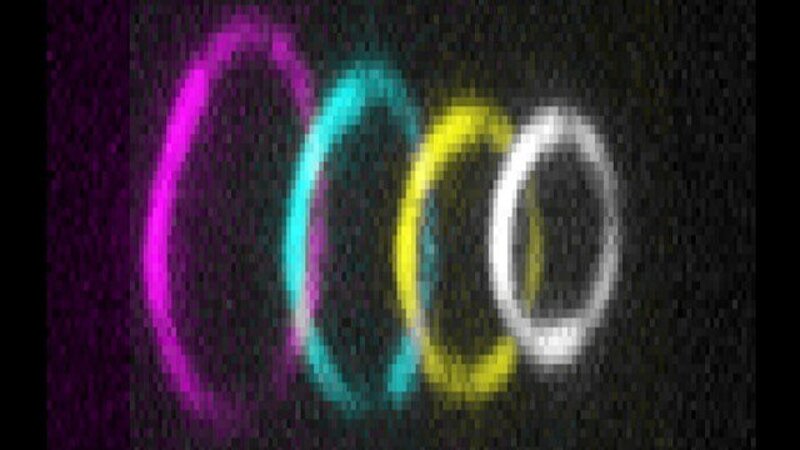Contractility is an essential biological process allowing cells to divide, move, and change their shape. It was suggested to be exclusively driven by a group of proteins known as molecular motors. An international team of scientists from the Institute of Biotechnology of the Czech Academy of Sciences in Prague and the B CUBE – Center for Molecular Bioengineering at the TU Dresden now discovered a novel mechanism of cellular contractility independent of molecular motors.
Cell division is essential for life. In order for a cell to divide into two daughter cells, it has to be mechanically separated. In animal cells, a special ring-like network of proteins contracts the cell until it finally splits in two. It has been suggested that this contraction is driven by myosin motor proteins, a special set of proteins that require energy in the form of the ATP to be able to attach to actin filaments and move along them, thereby dragging them in opposite directions. In such a way, the filaments would slide relative to each other, causing the contraction of the ring-like network. However, this model did not explain how is it possible for some cells, that lack myosin motors, to still be able to contract and divide successfully. Scientists from the Institute of Biotechnology of the Czech Academy of Sciences in Prague and the B CUBE – Center for Molecular Bioengineering at the TU Dresden have now found a possible answer – a novel kind of actin contractility, independent of myosin motor proteins and even ATP consumption.
The new mechanism is propelled by anillin, a protein that crosslinks actin filaments, i.e., creates a diffusible link between them. The molecules of anillin that are present in the spaces between the filaments act as confined gas particles. When the filaments partially overlap, the “anillin gas” expands and generates a force that further drives the sliding of the filaments and maximises their overlap, thereby contracting the filamentous ring-like network. Notably, the magnitude of the force generated by anillin is comparable to that of myosin motors.
"The described expansion force was initially found and characterized in our labs just between two individual filaments of the cytoskeleton. It is now great to see that this expansion force can indeed drive the contraction of complex, ring-like actin structures that are crucial for cell division,” says Stefan Diez, group leader at the B CUBE (Center for Molecular Bioengineering) and co-speaker of the Cluster of Excellence Physics of Life (PoL) at the TU Dresden.
Ondrej Kucera, postdoc in the Lab of Structural Proteins at the Institute of Biotechnology in Prague and first author of the study, adds: "For many years, we have suspected that myosins alone cannot constrict actin rings in animal cells. With the forces generated by anillin, our understanding of the contractile ring is now far more complete." Since failures in cell division are responsible for onset of a variety of pathological states and diseases, the advanced understanding of the contractile machinery paves the road for potential clinical applications.
Original publication:
Ondřej Kučera, Valerie Siahaan, Daniel Janda, Sietske H. Dijkstra, Eliška Pilátová, Eva Zatecka, Stefan Diez, Marcus Braun, Zdenek Lansky: Anillin propels myosin-independent constriction of actin rings, Nature Communications, (July 2021)
doi : https://doi.org/10.1038/s41467-021-24474-1
